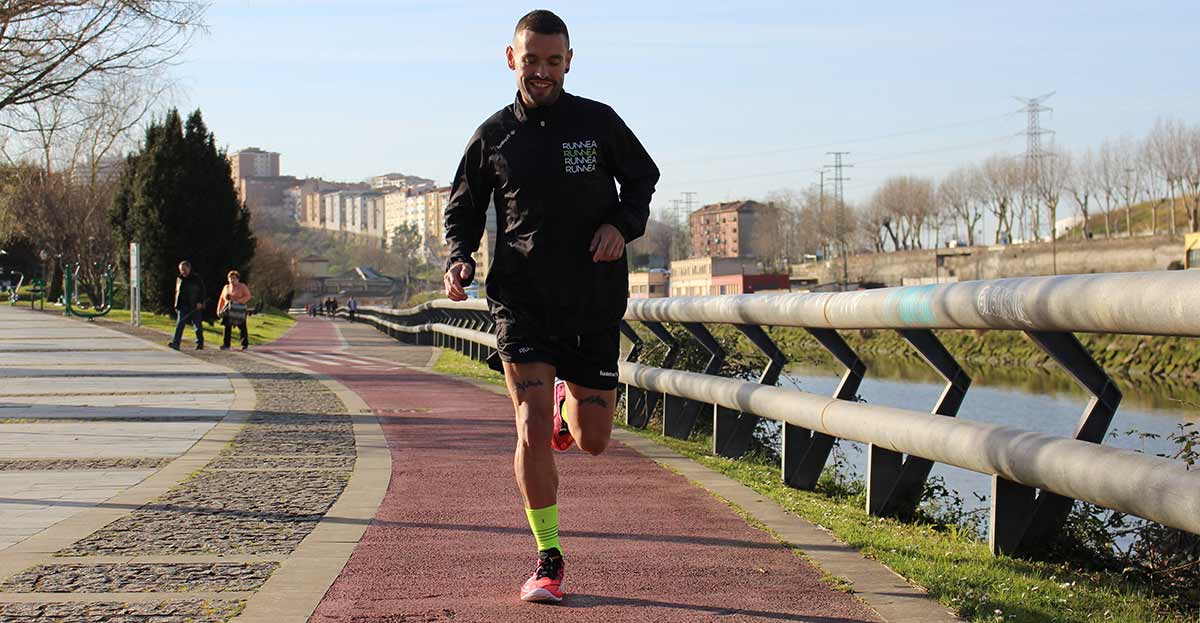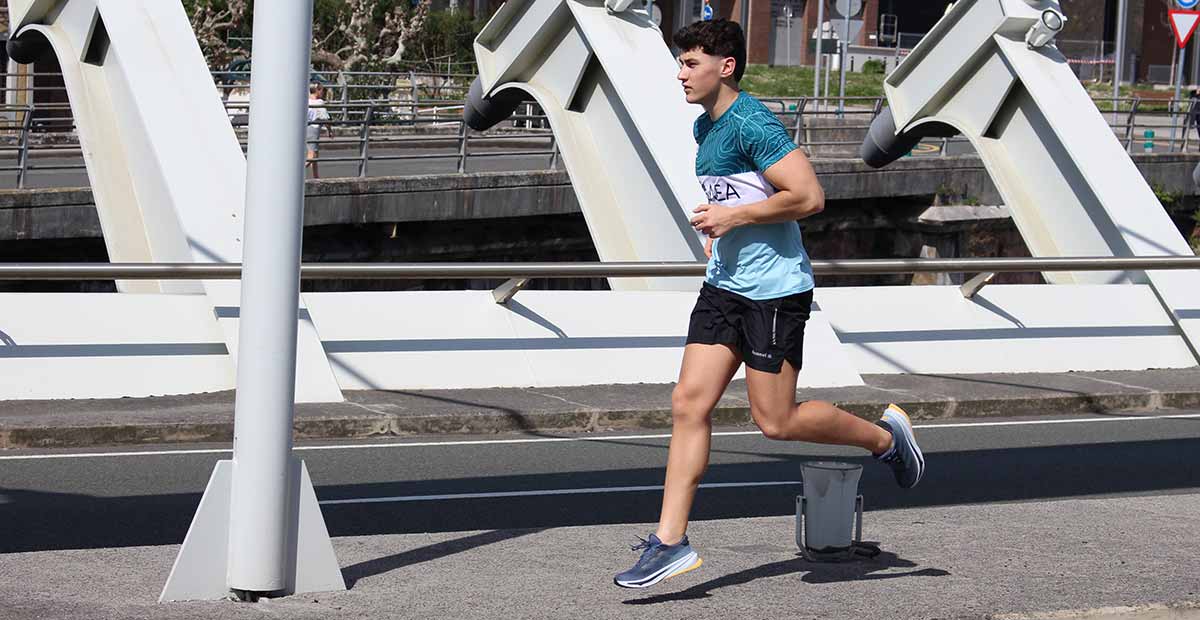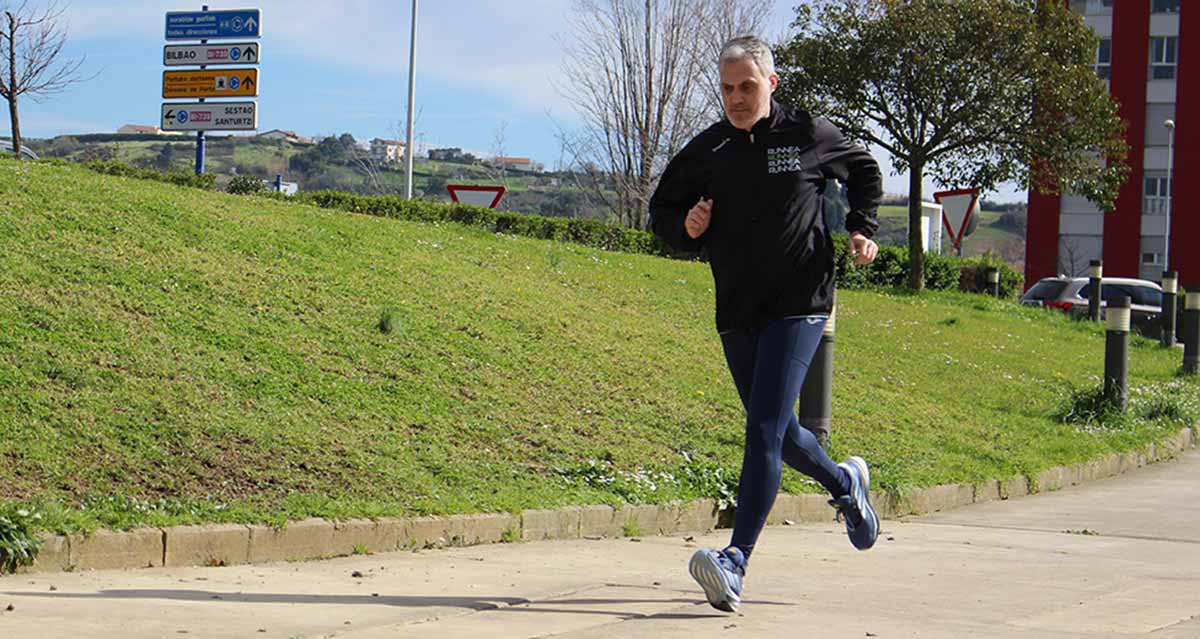The long run is one of the fundamental pillars in the training of any runner, from amateurs to professionals. It has not many secrets to hide because the basic foundation consists of running a significantly longer distance than you're used to, at a rather moderate pace. It's the perfect training session to develop your aerobic endurance.
Yes, it's clear that incorporating long runs into your weekly training routine increases your aerobic capacity, but you can't overlook the fact that it's also a great way to prepare yourself both physically and mentally, and will make you a stronger and more efficient runner to take on bigger challenges.

What is the long run? This is its technical definition!
As we have already pointed out, in the technical definition, the long run implies running a longer distance than what as a runner you usually do in each of your workouts. Normally, we usually talk about 20-30% of the total weekly volume of kilometers.
However, in the basic requirements, it is not only a question of running more kilometers, but also of running at a comfortable pace. The "infallible trick" to know if you are training at the right pace is that while running, you should be able to maintain a conversion without excessive panting.

What are the benefits of implementing the long run?
Whether you are a beginner runner or a more experienced runner, you may be interested to read this. The benefits of long runs will help you understand how important they are to your individual training plan:
- Increased performance and endurance: extends the ability to handle long distances efficiently.
- Improved flexibility, balance and coordination: running longer distances adjusts the body's biomechanics, optimizing performance and reducing the risk of injury.
- Injury prevention: careful and studied progression over distance strengthens muscles and tendons, making them more resistant.
Not sure which running shoe to choose?
In a few simple steps we help you to choose the ideal running shoe for you
Go to the Shoe FinderPaying attention to running technique is also important
It may not seem like it, but running technique is a critical component in the execution of your long runs, because it can be the difference between an efficient workout and one that ends in premature fatigue or injury. Maintaining proper technique not only optimizes performance when running long distances, but also minimizes impact on joints and muscles.
Experts in footfall biomechanics and postural ergonomics, such as Dr. Jack E. Taunton, co-author of "The Runner's Handbook," emphasize the importance of correct body alignment, hand position and controlled joint flexion during running. Dr. Taunton points out that a well-adjusted running technique can significantly reduce the risk of common injuries, such as knee and ankle injuries, and improve energy efficiency, allowing the runner to maintain a steady pace for longer and recover more quickly between workouts.

This section is relevant because details of technique, often overlooked in shorter workouts, are magnified in long runs where fatigue and repetition increase the risk of mechanical errors. Therefore, a focus on correct technique is not only essential for success in these sessions, but also for the sustained and healthy development of any runner.
Some of the key aspects to look for in running technique are:
- Body alignment: an upright, slightly forward leaning posture from the ankles is ideal.
- Hand and arm position: the swing should be natural and with relaxed hands to help maintain pace and stability.
- Controlled flexion of the hip, knee and ankle: these joints should be kept flexible to absorb and distribute the impact properly.
- Importance of the heel area: one that transitions from heel to toe is recommended for a smooth transition during the long run.

How to integrate long runs into your training routine?
Gradually introduce long distances, increasing the length of these running sessions gradually.
- Recommended frequency: one long run per week, combined with rest days, or a lighter, intermediate type of training.
- Combined training: your long runs should also be combined with other types of training such as speed sessions and also strength training to maintain a more balanced training.
- Principle of training variability: experiment with different terrains and paces to enrich your training.
The long run: When and when?
Proper planning of long runs is crucial to maximize their benefits and avoid overtraining. Determining the right time to perform these sessions can depend on several factors including the level of the athlete, specific goals and the phase of the training plan the runner is in.

Ideal time during the week
The ideal day to perform a long run varies depending on the structure of the runner's training, but is commonly performed during the weekend. This is because weekends tend to offer more free time to recover and because it allows you to follow a weekly workload and unload cycle, maximizing recovery after prolonged exertion.
Phase of the training cycle
- Pre-season: long runs can be shorter and less frequent, focusing on building a base without overdoing it.
- Competition season: as the peak of the season or a major race approaches, long runs can be adjusted to simulate race conditions, including pace and, if possible, terrain.
- Post-season: after the main competition, long runs can be reduced in frequency and intensity, helping to maintain an endurance base while allowing the body to recover.

Expert recommendations
According to former U.S. distance runner and author Pete Pfitzinger, long runs should be scheduled to precede a day of rest or light training. This allows the body to recover and adapt, maximizing the benefits of training without compromising overall recovery.
When planning long runs, it is essential to consider all of these factors in order to integrate them effectively into the training regimen. This will not only improve performance, but will also ensure that training is sustainable in the long term, promoting the health and well-being of the runner.

Long run training strategies
Finally, Jeff Galloway, renowned coach and author of the book "Marathon: You Can Do It!" suggests that long runs are essential to prepare the body for marathons and similar events. Likewise, Hal Higdon, in his book "Marathon: The Ultimate Training Guide," details how to structure these runs within an overall training program. Both books are valuable resources for in-depth training techniques and strategies for runners of all levels.
Incorporating the long run into your training routine ensures not only improvements in endurance and performance, but also in the overall health of the runner. With expert support and well-advised implementation, as a runner, you can successfully and safely reach and surpass your running goals.
Read more news about: Running Training
































